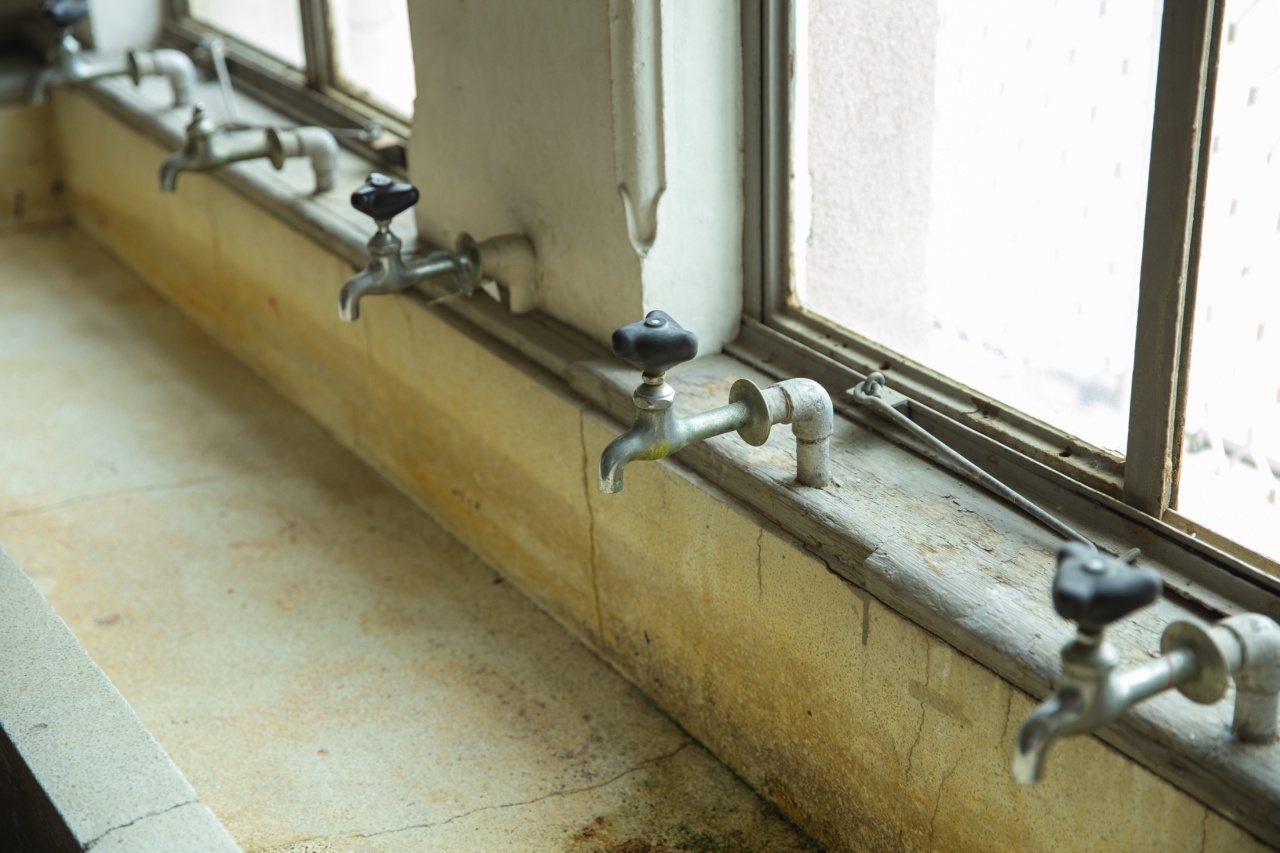Mold can grow anywhere in your house as long as moisture is present. This includes areas that are not directly visible like under leaky pipes, in the walls and in crawl spaces where the humidity level is high.
When mold becomes visible, it is an indication that it has grown to the extent that it can be a threat to your health. As such, it is important to understand how mold can affect your health, how to identify mold, and what you can do to prevent it from growing in your house.
How Mold Can Affect Your Health
Exposure to mold can have unpleasant health consequences. People who are allergic to mold may experience symptoms such as sneezing, coughing, runny nose, and skin rashes.
Individuals with weak immune systems can have respiratory problems when they inhale mold spores. Prolonged exposure to mold can result in serious complications such as pneumonia, bronchitis, and asthma attacks.
How to Identify Mold
Mold can appear in various forms and colors. Generally, it has a velvety or slimy texture. You can identify mold by its distinct smell and by visible signs such as dark spots or specks on surfaces, and discolorarion on the walls.
Mold can grow on cardboard, fabric, wood, and even metal surfaces. In some cases, it may appear as a fuzz or a layer of matted fibers.
The Dangers of Mold Exposure
Mold is not just an eyesore. The substance can be hazardous to your health and can cause adverse effects, especially when it comes to respiratory health. Mold can activate allergic reactions, such as nasal congestion, wheezing, and dry coughing.
In addition, mold exposure can release spores that can cause asthma attacks, shortness of breath, or other respiratory issues. People who are already ill or have weakened immune systems, such as infants, the elderly, and individuals with HIV/AIDS, are more susceptible to health complications resulting from mold exposure.
Why You Need to Take Action When You Find Mold
Mold is a serious concern. When you find mold in your house, it is crucial that you take action immediately. If you don’t address mold, it can spread and create unsafe conditions in the home.
Mold can quickly grow into a serious problem that requires professional intervention. To prevent health issues and keep your home safe and healthy, it is vital to address mold as soon as it’s discovered.
How to Prevent Mold Growth in Your House
Prevention is always the best course of action when it comes to mold. Here are some tips to keep your home mold-free:.
1. Keep Humidity Levels Low
When indoor humidity levels exceed 60%, mold can thrive. Therefore, it’s crucial to keep the humidity in your home low. To do this, use air conditioners or dehumidifiers during warm, humid weather, particularly in areas with poor air circulation.
Additionally, use exhaust vents or open windows when cooking, showering or using the dishwasher.
2. Keep Your Home Well-Ventilated
A well-ventilated home reduces the risk of mold growing. Ensure that air is circulating throughout the house. For instance, open doors and windows to reduce moisture levels, especially in areas that are solely dependent on ventilation.
Plus, using exhaust fans in the kitchen and bathroom improves ventilation, hence reducing the humidity level in the affected area.
3. Regular Cleaning
To minimize the risk of developing mold in your house, it is crucial to make cleaning a habit. Maintain a cleaning schedule that keeps your home free of dust and dirt. Plus, ensure that your home is completely dry after each cleaning.
4. Fix Leaks and Water Intrusions Immediately
Fix any leaks and water intrusions immediately. This reduces the likelihood of water damage that can lead to mold growth later. Check your plumbing system frequently and repair any leaking pipes or broken fittings.
Similarly, repair any cracks or leaks in your roof as soon as you discover them.
5. Avoid Water Intrusion in Your Home
To keep your home safe from water intrusion, you should consider using water-resistant materials in areas that are prone to water damage. Avoid carpeting, particularly in areas with water sources like kitchens, laundry rooms, and basements.
In instances where you choose to install carpets, use non-porous materials to keep your home mold-free.
Conclusion
Mold in your house is a serious issue that you cannot afford to ignore. Not only can it damage your property, but it can also negatively impact your health. This article has explained how to identify mold, its health risks, and how to prevent mold growth.
By following these tips, you can keep your home mold-free, and your family safe and healthy.






























